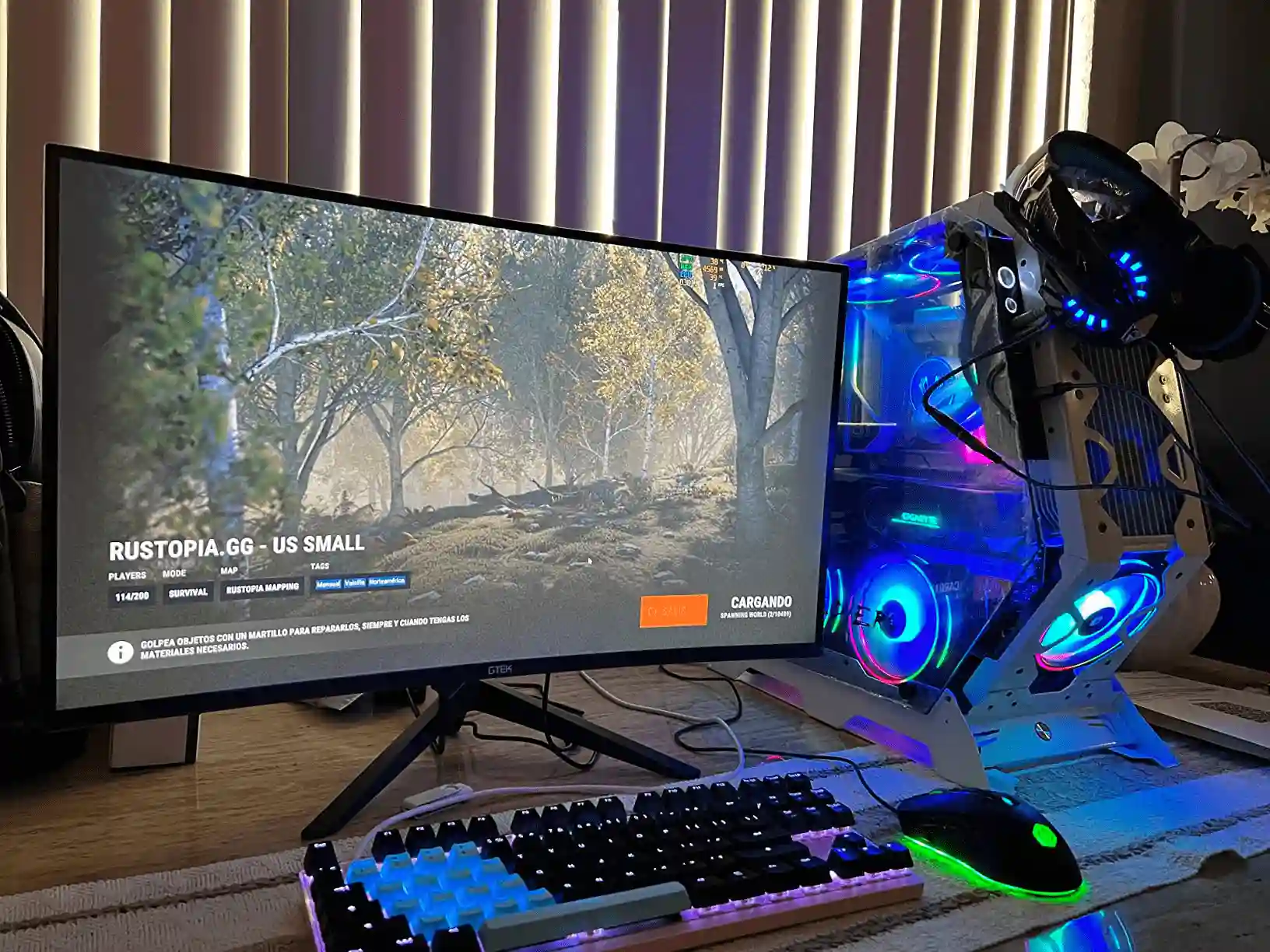When choosing a monitor for video editing, most people think of color accuracy and high resolution first. But lately, many editors have started asking a new question — are gaming monitors good for video editing?
At first glance, a gaming monitor may not seem like the obvious choice. They’re often marketed with flashy terms like “1 ms response time” or “240Hz refresh rate.” But underneath that gamer-focused branding, there’s real power in these displays — and it might actually benefit your editing workflow more than you think.
Let’s break it down.
What Makes a Monitor Good for Video Editing?
Before we look at gaming monitors, it’s worth understanding what video editors usually need. Color accuracy is key. When you’re adjusting tones, shadows, or skin tones, you want your monitor to show them exactly as they are. You also want good brightness, sharp resolution, and enough screen space to manage timelines and tools without feeling cramped.

That’s why many editors traditionally choose professional displays built with editing in mind — they offer precise color calibration and wide color gamuts. But they can also come with a high price tag.
How Do Gaming Monitors Compare?
Gaming monitors are built for speed and responsiveness. They’re designed to show every movement clearly during fast-paced gameplay. To do this, they usually have high refresh rates and low response times. But here’s the thing — many of them now come with great panels too.
In fact, some of the best monitors for video editing and gaming today fall right into this crossover category. You’ll find gaming monitors that use high-quality IPS panels, support wide color gamuts like sRGB or even DCI-P3, and include HDR support. These features don’t just help gamers — they’re also useful for editors.
The Benefits of Using a Gaming Monitor for Editing
One big benefit is refresh rate. While it might not matter much when you’re working frame-by-frame, a higher refresh rate can make editing timelines feel smoother. Scrolling through footage, scrubbing video, and jumping between clips can all feel more responsive.
Another bonus is screen size. Many gaming monitors are large — 27 inches or more — and offer QHD or even 4K resolution. That gives you more room to work, whether you’re color grading or syncing audio.
Gaming monitors are also widely available and more affordable than ever. You can often get a high-quality display at a lower price compared to monitors aimed specifically at professionals.
So, are gaming monitors good for video editing? In many cases, yes — especially if you choose the right one.
What to Look For
Not all gaming monitors are equal. Some focus only on speed and skip color quality altogether. If you want something that’s great for both gaming and editing, here’s what to look for:
- IPS panel: This gives you better colors and wider viewing angles than TN or VA panels.
- High resolution: Look for at least 1440p (QHD), but 4K is even better if you edit high-resolution footage.
- Color accuracy: Try to find something with high sRGB coverage, or better yet, DCI-P3 support.
- Adjustability: A good stand and easy calibration options will help you stay comfortable during long editing sessions.
Some of the best monitors for gaming and video editing hit all these points.
A Few Good Examples
Let’s take a quick look at some models that strike a great balance:
- LG UltraGear 27GN950 – A 4K gaming monitor with excellent color coverage and fast response time. It’s great for editing and also a top performer for games.
- ASUS TUF Gaming VG27AQ – This monitor offers a sharp QHD display with solid color accuracy and a high refresh rate.
- Gigabyte M27Q – A more budget-friendly option that still delivers great color reproduction and fast performance.
Each of these models falls under the category of best monitors for video editing and gaming. They don’t just meet editing needs — they also shine in gaming environments, making them a good all-around pick.
Final Thoughts
So, are gaming monitors good for video editing? The answer depends on the monitor, but many of today’s gaming displays are absolutely up to the task.
They bring fast performance, large screens, and increasingly accurate color reproduction. If you’re someone who edits videos and also enjoys gaming — or you just want a powerful, flexible monitor — it might be the perfect option for you.
When looking for the best monitors for video editing and gaming, consider what matters most to you — whether that’s color precision, screen size, refresh rate, or budget. With the right choice, you can enjoy smooth video editing during the day and great gameplay at night, all on the same screen.